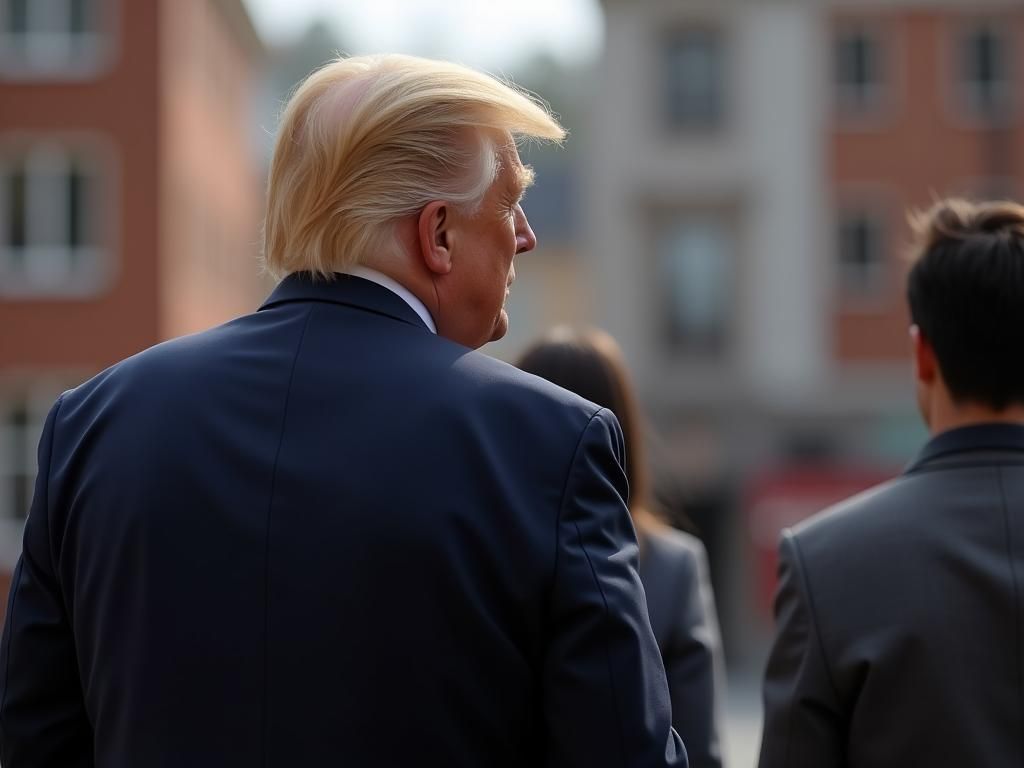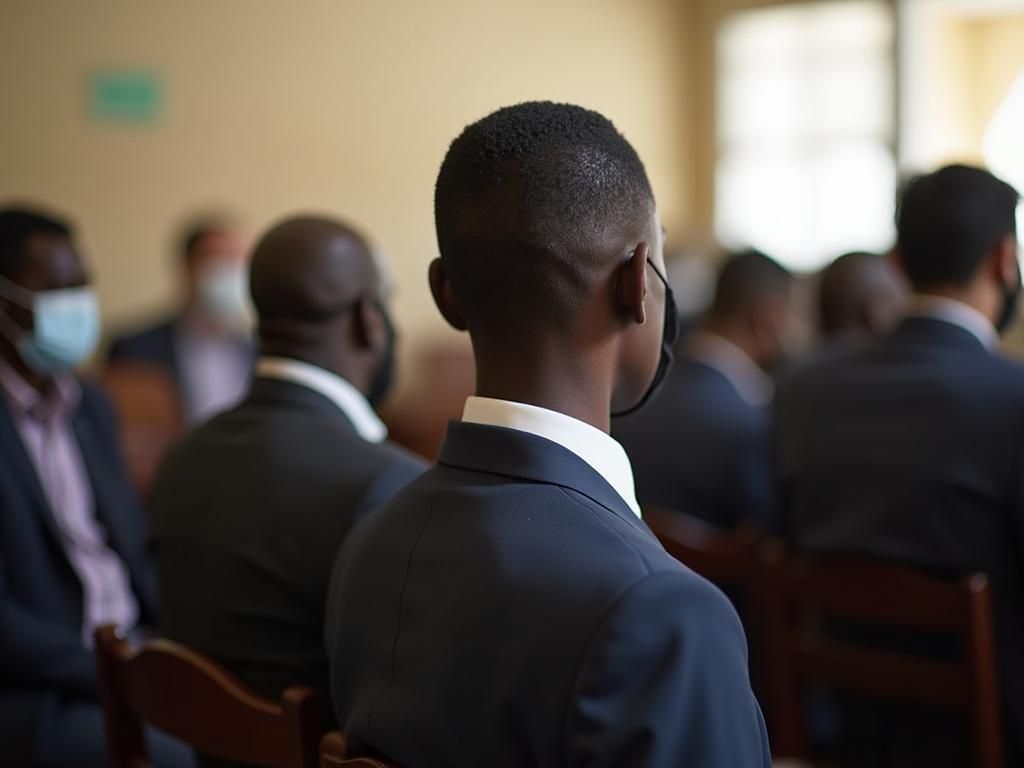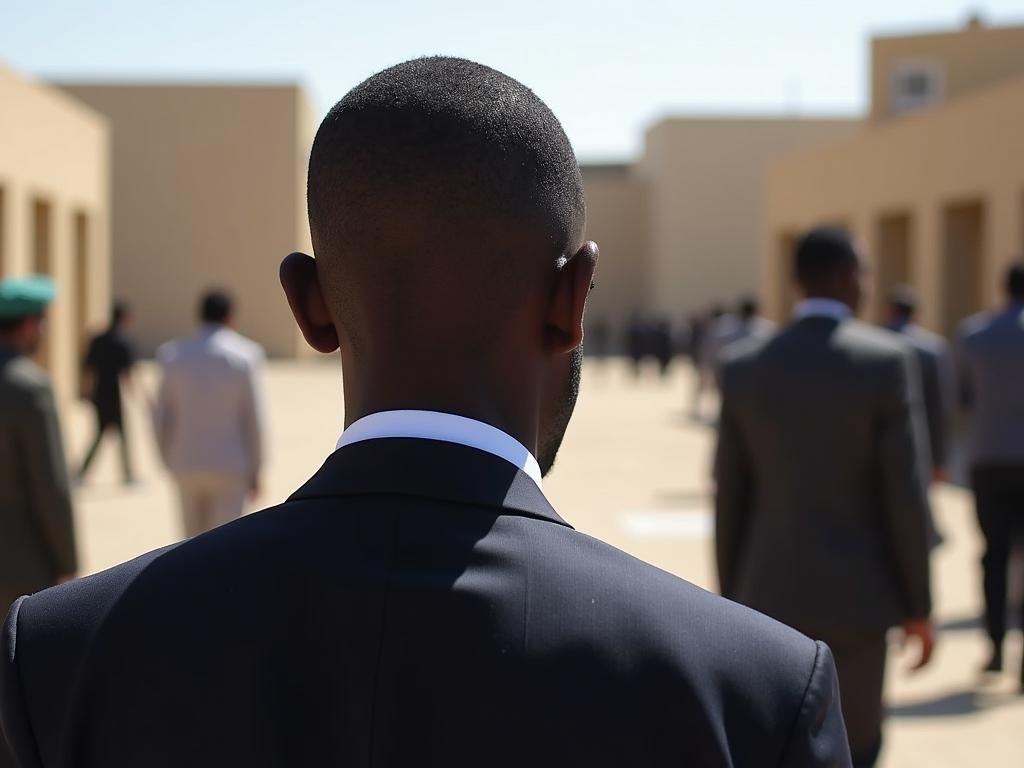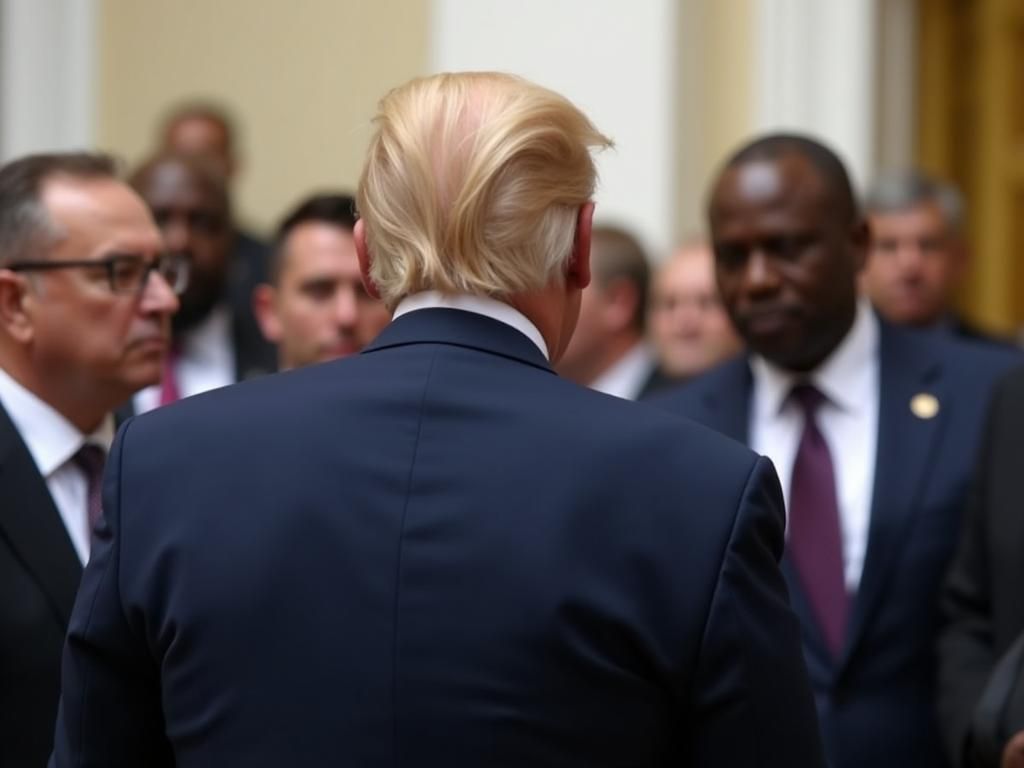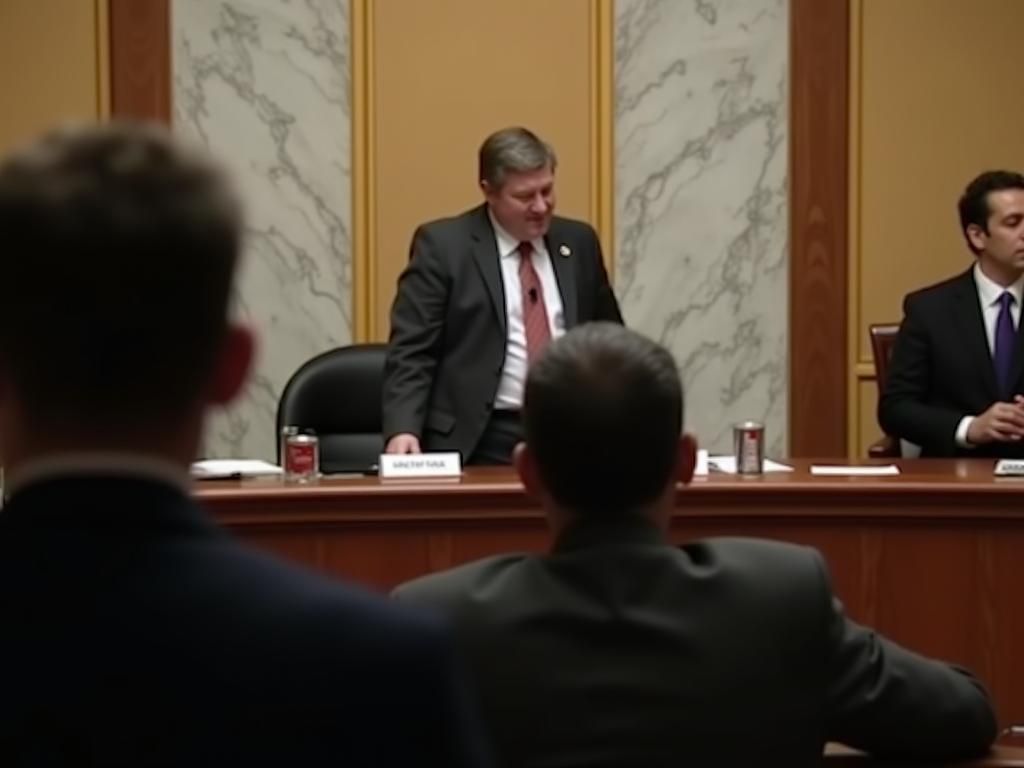Russian President Vladimir Putin recently made his first visit to the Kursk region since Ukrainian forces were reportedly pushed out last month. This trip marks a significant development in the ongoing conflict, drawing attention to the shifting dynamics of the war’s front lines.
During his visit, Putin engaged with volunteer organizations and toured the Kursk-II nuclear power plant, signaling his continued focus on the region. Accompanied by high-ranking officials, he appeared to emphasize the Kremlin’s presence and control in the area, solidifying Russia’s stance.
The Kursk region witnessed a notable incursion by Ukrainian forces in early August, backed by drones and Western weaponry. These operations were considered the biggest incursion into Russian territory since World War II, shaking the balance of power in the region.
This visit occurs after Russia declared the ejection of Ukrainian forces from the Kursk region, reclaiming approximately 540 square miles. Considering this, does Putin’s trip reflect a victory lap, or something more strategic?
Simultaneously, officials from Russia and Ukraine met in Turkey for their first direct peace talks in years, though they did not reach a ceasefire. This raises the question: are these events connected, and what are the prospects for peace negotiations?
The meeting in Turkey marked the first face-to-face discussions since the early weeks of the war, hinting at underlying efforts toward a resolution. The war began with the Russian invasion in February 2022. How will these efforts impact the situation on the ground?
The visit and talks come against a backdrop of evolving international opinions. What does this visit signal about the future of the conflict? And what potential outcomes could we see in the coming months?



